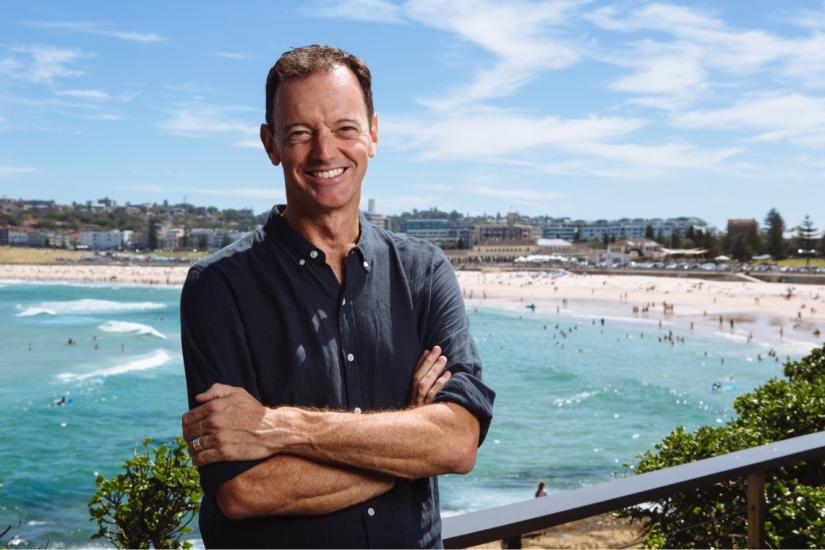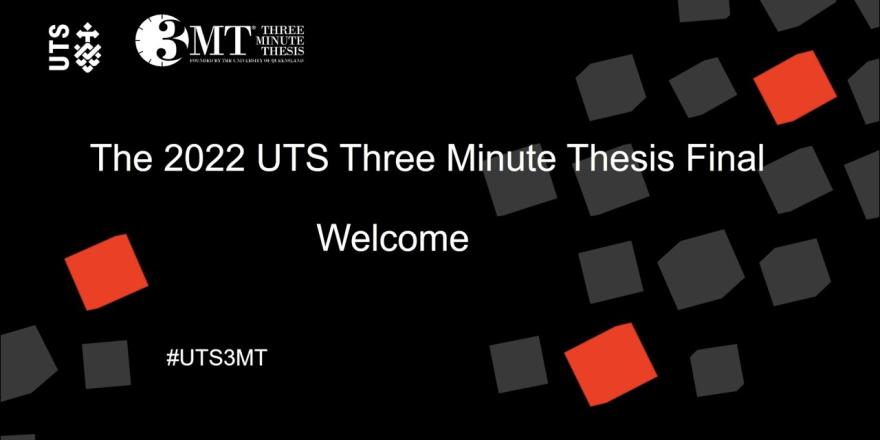Entrepreneur and PhD student Jason Graham-Nye recently became a Circular Australia board member and represented ISF in this year’s 3-Minute-Thesis competition.

Institute for Sustainable Futures (ISF) PhD candidate Graham-Nye is Co-founder and Co-CEO of gDiapers, a company that applies a circular economy approach in its product design, to lessen plastic waste from disposable nappies.
Graham-Nye’s experience and expertise are recognised in his recent appointment to the board of Circular Australia, who works with partners and stakeholders across industry, government and research to unlock the $2 trillion-dollar economic opportunity a circular economy presents, as well as its benefits for the environment.
Graham-Nye was also ISF’s 2022 finalist in the 3-Minute-Thesis competition, in which he outlined his research and explained why he believes the transition to a circular economy is one of society’s greatest imperatives.
What is your research about and why is it important to you?
My research is sociological in nature and, it's looking at sustainable nappy practices and how innovations in nappies can become mainstream. I’ve developed a specific lens looking at compostable nappies and product service systems in the circular economy world.
I’ve come to this research because I've had 20 years’ of experience as the CEO and founder with my wife of a nappy company that we launched in America. The business world didn't have all the answers, so, I've come to research to see how else we can think about consumption and consumption practices.
How do you hope your research will help create a more sustainable future?
My research can help governments, researchers and other consumer packaged goods companies develop an understanding of how different people consume products. The challenge we face today, particularly with green product choices is cognitive dissonance.
A large proportion of people will agree to buying organic, but only a small percentage of those people actually will. Mainstreaming these sustainable products are difficult. My hope is that the insights from my research will inform new government policies and interventions that can encourage more sustainable consumption.
What can a circular economy offer for Australians?
For the last 150 years we’ve been in a linear economy. We take resources from the ground, we make products and then we throw them in landfill. With nappies as an example, we take a cup of crude oil, we make one nappy, you use it for three or four hours and then it’s straight into the landfill for up to 500 years until it turns into microplastics.
What a circular economy offers as the name suggests, is a consumption method that reduces, reuses and recycles. In a circular economy, it’s as if products are made with a regenerative lead.
– Jason Graham-Nye, ISF PhD student
What a circular economy offers as the name suggests, is a consumption method that reduces, reuses and recycles. In a circular economy, it’s as if products are made with a regenerative lead. The initial design of a product takes into account a regeneration after its first use.
What can we expect from Circular Australia in the coming years?
Circular Australia is working with communities, businesses, government, agencies researchers and finance organisations to remove any barriers to the circular economy. What we’re really about is accelerating the transition.
The way we’ll get every sector to become more circular is through figuring out the benchmarks of today against our research and metrics. There are some really exciting projects in circular agriculture, circular solar and circular community hubs.
Watch Graham-Nye's 3-Minute-Thesis presentation below to learn about his research and his mission to lessen plastic waste from disposable nappies.

Jason Graham-Nye:
This is a baby. We've all been one. This one's just three days old. But despite the cute, good looks and that tiny amount of time, he's become somewhat of an environmental terrorist. How? Well, in his first 72 hours on life, he's worked his way through 30 plastic disposable nappies.
How bad can nappies be? Well, there's a cup of crude oil in every one, and after a few hours of use, you put them in the bin, send them to landfill where they stay for up to 500 days before breaking down into microplastics.
This baby will go through 5000 nappies before he figures out how to use a toilet. Globally, that's 167 billion nappies, using 16,000 Olympic swimming pools worth of crude oil. Now, this baby happens to be my son, Finn. And this photo was taken 20 years ago this week.
And when my wife and I read those statistics, we thought, what if we could offer parents a product that didn't have to cross the earth? And it set us off on a lifelong journey for solutions? Firstly, as entrepreneurs in a business and now in academic research, we started by looking for practical solutions and found a new nappy design with an outer pant that was washable and an insert was compostable.
We used it as parents, put the rights to the rest of the world, moved to America and launched a nappy business. We had great success, but we noticed there was something missing and that the nappy wasn't being widely used.
Now, our consumer research showed that while most people say you don't make the green choice, a very small percentage actually do. So even with a better for the planet. Nappi What we were finding was the barriers to using environmentally friendly nappies was unclear.
So, with few answers in the business world, I turn my attention to academia. And there I found new perspectives on how green product choices are made. My research is focused on how parents buy, use and dispose of nappies now rather than starting with attitudes and beliefs about nappies.
I'm looking at every element along the way of the nappy journey from the manufacturers who make them to the retailers, who sell them to the parents, who buy and dispose of them, to the waste management companies and the waste regulators who manage the waste management companies.
I'm hoping to see how a new innovation can take hold. And I'm also looking at a field trial of a new composable map that produces high quality compost rather than millions of tonnes of plastic waste. The opportunity there is to see is that solution feasible for parents and appealing. Because if it is, we might live in a world where, rather than using 16,000 Olympic swimming pools worth of crude oil to make the world's nappies, we're creating regenerating nappies that produce 16,000 tonnes of high-quality compost to replenish the Earth.
And for my son Finn here, if he chooses to be a parent choosing a nappy that's as good for the planet as it is for his little one will be as normal as buying plastic nappies today. Thanks.

